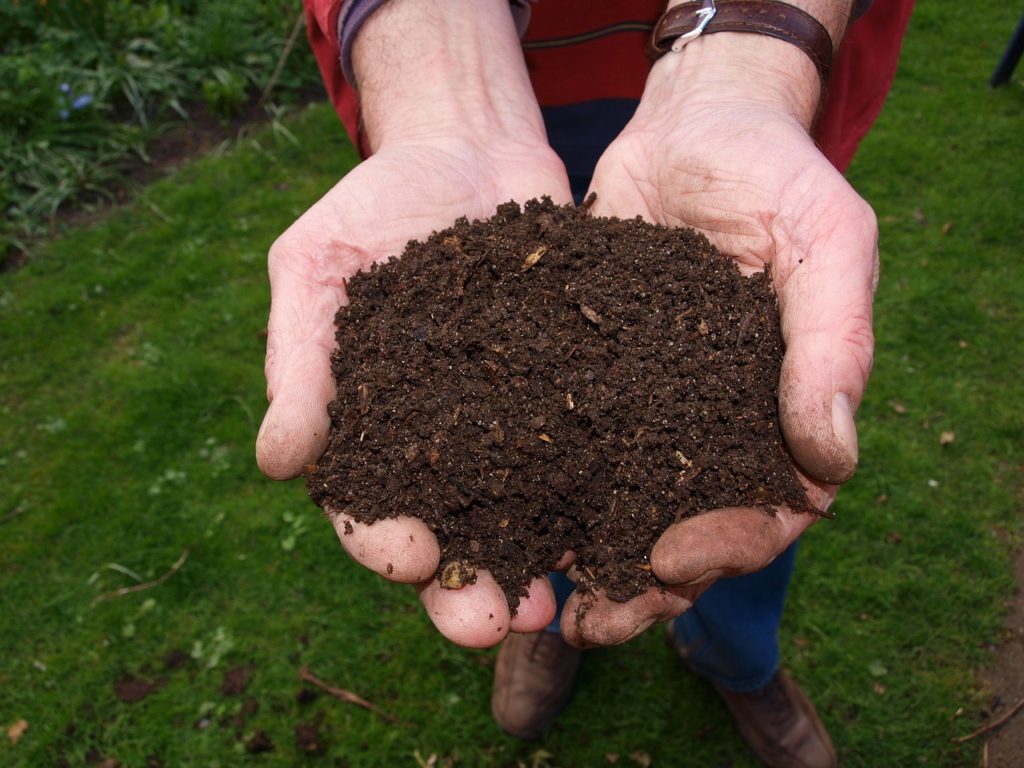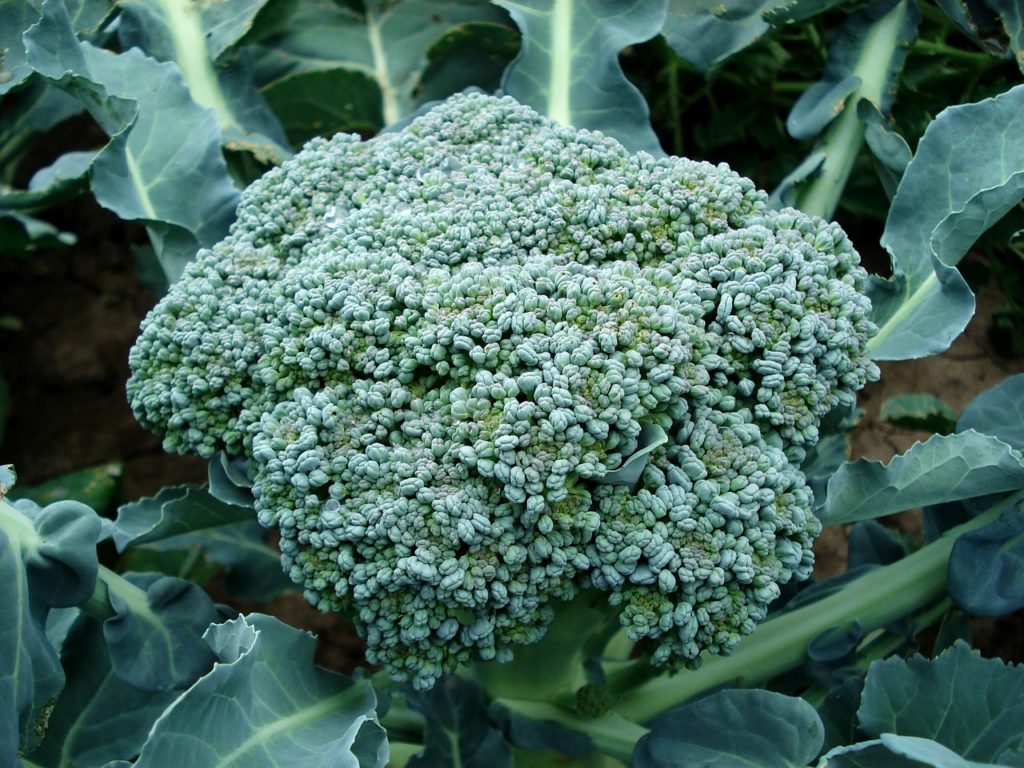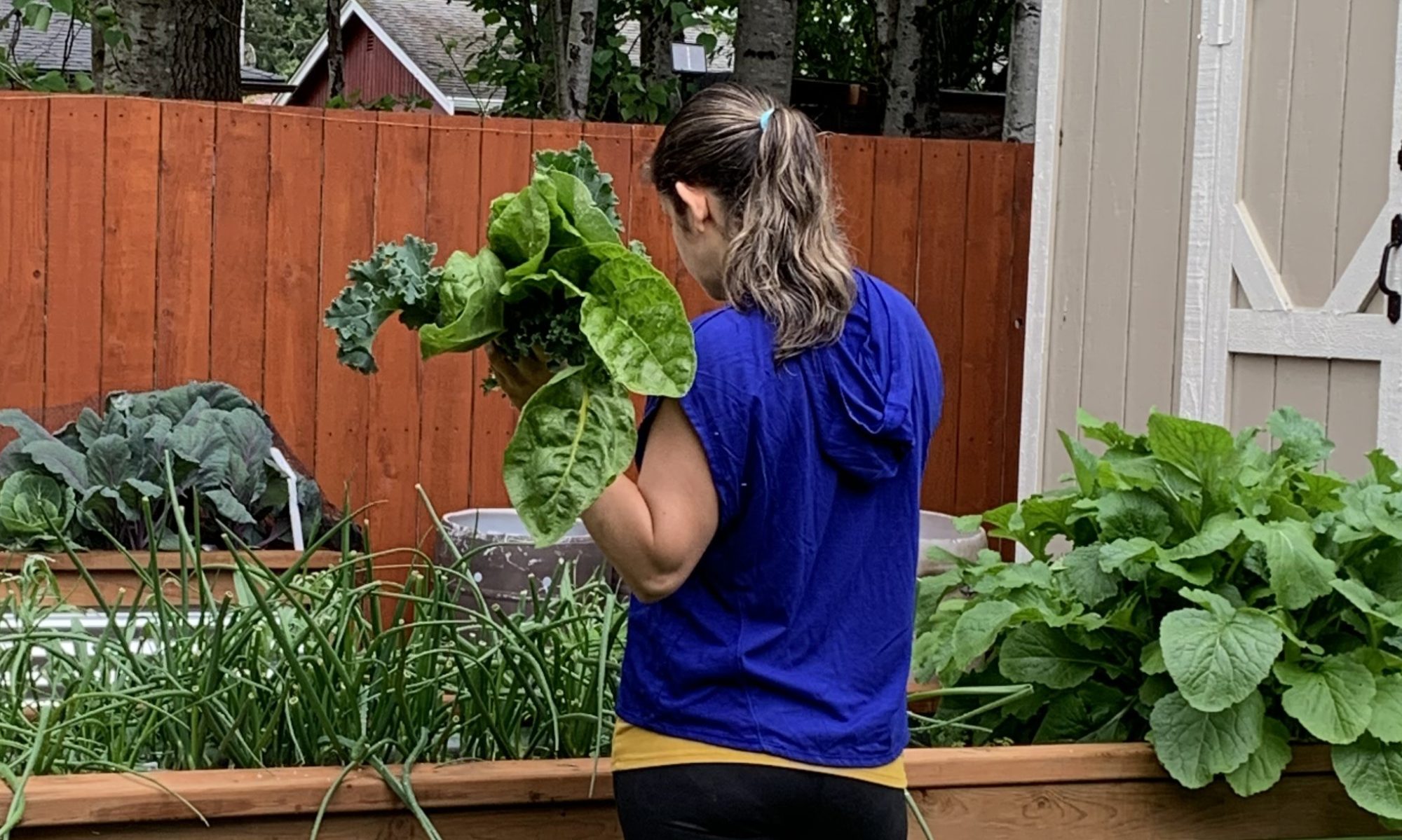Companion planting seems to be talked a lot about throughout the gardening community. This involves finding the right plants that will get along with each other and help each other grow. It can be as easy as pairing up plants that give and take different nutrients from the soil, so they both aren’t robbing the soil of the same nutrients. Plants that repel pests from certain plants that are prone to infestation. Or planting flowers that will attract pollinators. Click here for a list of plants you may want to start planting together or which ones you may not.
Here are a few things you may want to consider when companion planting:
Spacing- Every plants needs their own specific amount of space to grow healthy and to give you the best yields. If you plant things too close in general, you can be dealing with smaller yields, pests/insects and robbing of resources like water, nutrients and light requirements. Even if you are planting a whole bed of the same variety, each plant needs their specific amount of space. Most gardeners, including me, seem to have trouble with this. Especially when you started WAY too many seeds in the dark days of winter. Yes, our heart and eyes are bigger than our garden space. Try to plant like sized things together, that will grow and mature at the same rate. This will insure the more mature plant isn’t over shadowing its baby sister. Or on the opposite you plant carrots and radishes seeds that have completely different growth and maturity rate at the same time. Radishes are fast growing and can be harvested sooner than carrots. This will allow you to grow two crops in one space.

Insect/pest pressure- There are plants that are prone to insect and pest pressure. Try to avoid planting these together to discourage an all you can eat buffet. Kale and Cabbage in my own garden seems to always get aphids at a certain points of the season. So if I plant these together (which I have done before) both crops will be infested with Aphids. If I plant a second crop of cabbage or kale later in the season, find a different area to plant them. This will give them a better chance of not having insect pressure that maybe their older sibling has or is currently dealing with. It’s also a good idea to plant things that can repel pests or a host plant that can attract pest. This will help give your plants a chance. This isn’t always a 100% method, but it can decrease the amount of pest you will see on your main crops.

Nutrient needs- Some plants demand more nutrients than others, but giving too much fertilizer to some can make the plant produce more leaves and will not flower and produce as much fruit, for an example beans. But those plants will look really healthy lol The same can be true for under fertilizing, they may not be productive and give you the yield you desire. Its one of those double edged swords. I had a neighbor that once built all new garden beds and filled them with ONLY compost… Lets just say they struggled with most of their plants showing signs of stress and not producing fruit. You don’t want to plant a high nutrient demanding plant next to a low demand plant and fertilize them both the same.

Here is a list of the nutrient demands:
| LOW DEMAND | MEDIUM DEMAND | HIGH DEMAND |
| Arugula | Artichoke | Asparagus |
| Beans | Basil | Broccoli |
| Beets | Cilantro | Brussels Sprouts |
| Carrots | Sweet Corn | Cabbage |
| Collard Greens | Cucumber | Cantaloupe/Honey Dew |
| Endive | Eggplant | Cauliflower |
| Herbs (most) | Garlic | Celery |
| Kale | Lettuce | Kohlrabi |
| Parsnip | Okra | Leeks |
| Peas | Peppers (smaller fruit like chili’s) | Onions |
| Potatoes | Peppers (large fruit like bell pepper) | |
| Pumpkin | Spinach | |
| Radish | Turnips | |
| Rutabaga | ||
| Squash | ||
| Swiss Chard | ||
| Tomatoes | ||
| Watermelon | ||
| Zucchini |
Water Needs- Some plants need more or less water, especially if you are planting them at different times of the season. More established plants are usually fine with getting watered every other day, but shallow rooted or baby seedlings will need more. Keep in mind a quick finger test seems to be the easiest method to make sure your plants are getting enough water. When transplanting any type of plant, they need more water for the first 2-3 weeks until their roots are more established, then you can start to back off. But in all honesty, these “RULES” are sometimes hard to follow, especially if you have your water system on a timer and they are on the same zone. I installed spigots in every garden bed so I can shut off the beds I don’t need water too anymore. I will be installing individual shut off valves to my row crops next year. I know a lot of us also use over head sprinklers to water the whole garden, so this will be hard to pinpoint which plants need more or less. But its always easier to come out and hand water the plants that need a little extra, than to over water the whole garden. I do this when I start seeds. Be consistent with watering, plants don’t like to go through long dry periods of time then to turn around and receive too much water. This will cause plants like Tomatoes to start splitting and the leaves to curl. Cabbage is another one that will start to split open if they get too much water all at once. Keep them on a schedule, it could be once or twice a day or even every other day watering schedule, depending on your climate. If you make sure your beds soil is moist several inches deep when you first plant, then you shouldn’t have a problem with them drying out and can have a shorter water duration.

Seasonal maturity times- Plants with shorter dates to maturity should be planted together so you can rip them all out at the same time when they are done. For example: Broccoli is a cold tolerant plant that will be harvested earlier than say peppers or tomatoes. When its time to take your broccoli plant out of the garden it can disrupt other nearby plants root system. This can be seen when you haven’t pulled weeds when they were little. The bigger the plant gets, the bigger the root system is. But if you find yourself needing to pull out a plant that may mess with a nearby plants root system, consider cutting it off at the dirt level and wait to pull out the roots later.

Light requirements– Most of the veggies you will plant will need full sun, 7+ hours. But some, like leafy greens (Kale, Swiss Chard, Collard Greens, lettuce, and especially spinach) can enjoy less (3-4 hours minimum), especially during the dog days of summer. Cilantro is another one that can use a little less sun so it won’t bolt. I try to plant these type of vegetables in an area that gets shaded in the afternoon and evenings. Plants that need moderate amount of light (5-6 hours) are root crops like carrots, radishes, beets, onions and potatoes, in addition to the leafy crops. Full sun (7-8 hours) crops are beans, cucumber, corn, peppers, squash, tomatoes and fruit. All vegetables need sun light to survive and thrive. But if you don’t have full sun areas to grow, consider planting the vegetables mentioned above.
Please leave me a comment on this post and check out my YouTube channel for more content.
Written by: Melissa Ferris

